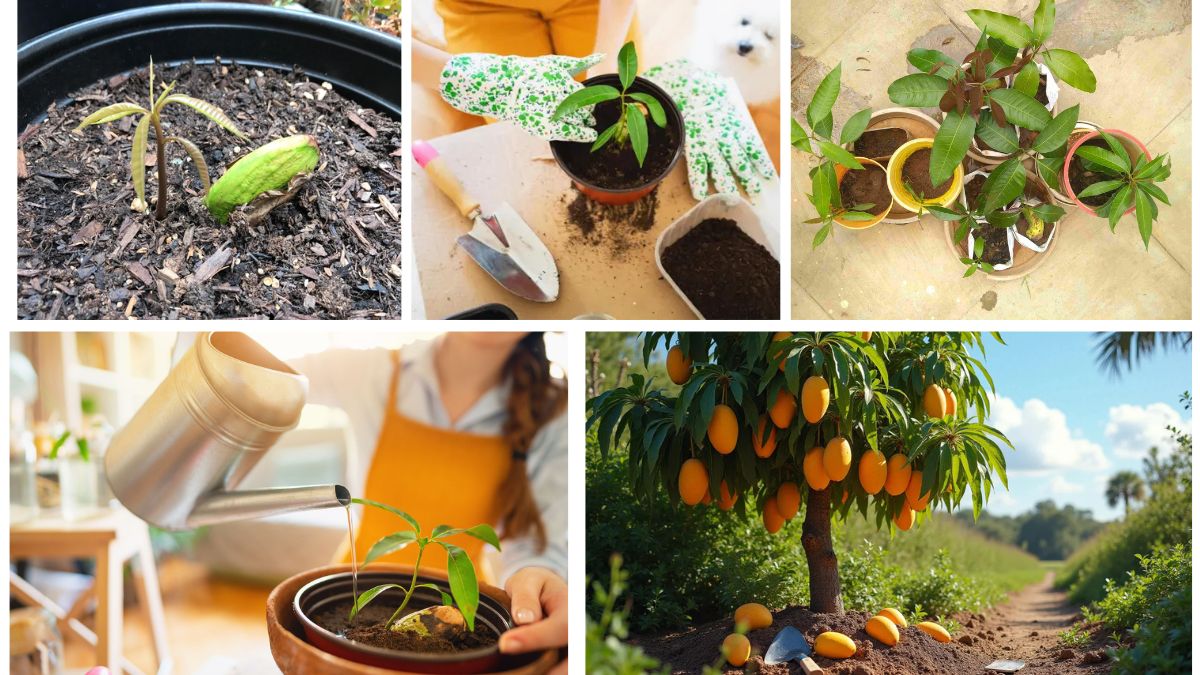Mangoes, often referred to as the “King of Fruits”, are not only a delicious tropical treat but also a symbol of summer and abundance. If you’ve ever enjoyed the juicy sweetness of a ripe mango and thought about growing your own tree, you’re in luck. Planting mango seeds is an easy, rewarding, and cost-effective way to start your journey toward cultivating a tropical paradise right at home.
In this complete guide, we’ll explore everything you need to know about planting mango seeds—from choosing the right seed, preparing it for germination, caring for the young plant, and ensuring it grows into a healthy fruit-bearing tree.
Why Grow Mango from Seed?
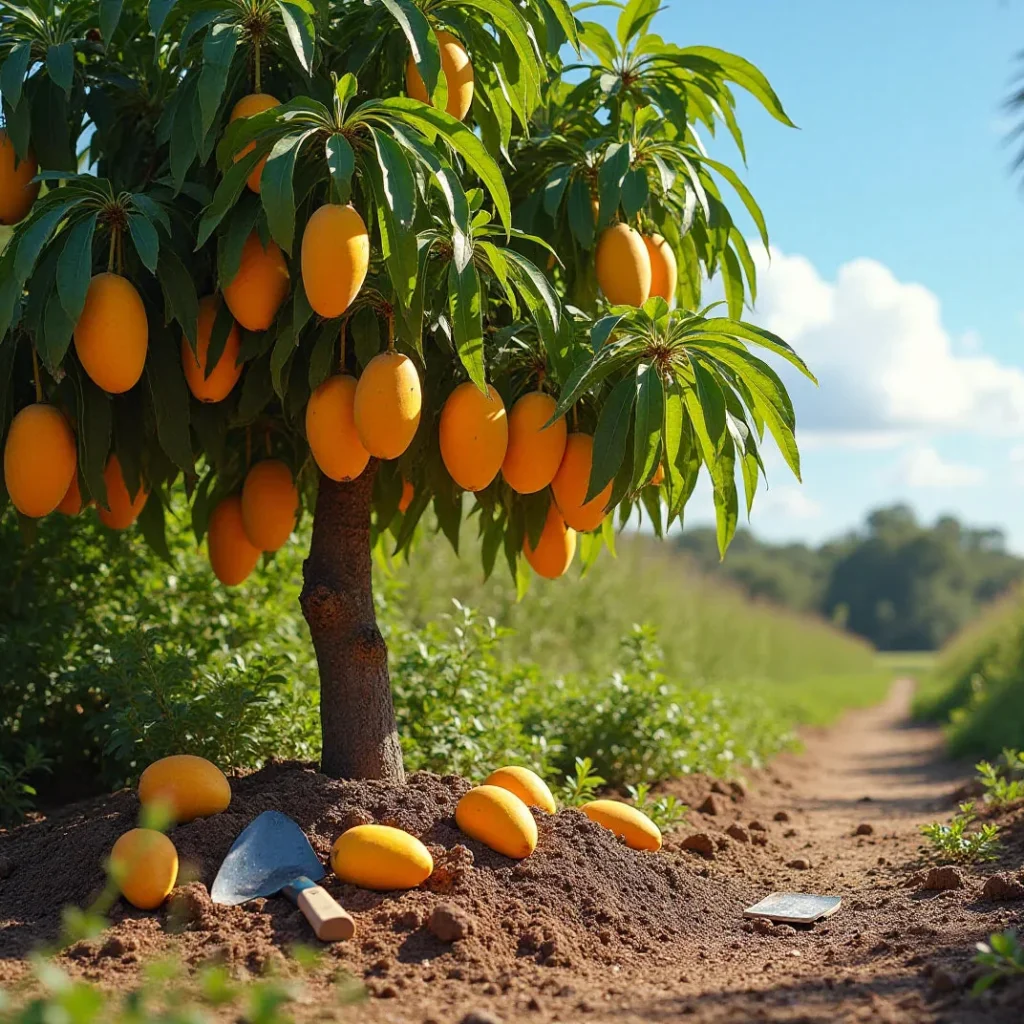
While most commercial mango trees are grafted for faster fruit production and consistency in quality, growing mango from seed has its own charm and benefits:
- Cost-Effective: No need to buy a plant; just save a seed from a mango you’ve eaten.
- Satisfying Experience: Watching a mango tree grow from a simple seed is deeply rewarding.
- Beautiful Houseplant: Mango seedlings are ornamental and can thrive indoors before being transplanted outside.
- Experiment with Varieties: Each seed has the potential to grow into a slightly unique tree, offering different flavor notes.
Step 1: Choosing the Right Mango Seed
The success of your mango plant starts with choosing the right fruit. Follow these tips:
- Pick a Ripe Mango: Seeds from ripe mangoes germinate better than those from unripe ones.
- Select a Healthy Variety: Fiberless and polyembryonic mangoes (common in tropical countries) are best since they germinate easily. Varieties like Ataulfo, Alphonso, or Kent are excellent.
- Avoid Damaged Seeds: If the seed inside is bruised, moldy, or too dry, it may not sprout.
Step 2: Preparing the Mango Seed
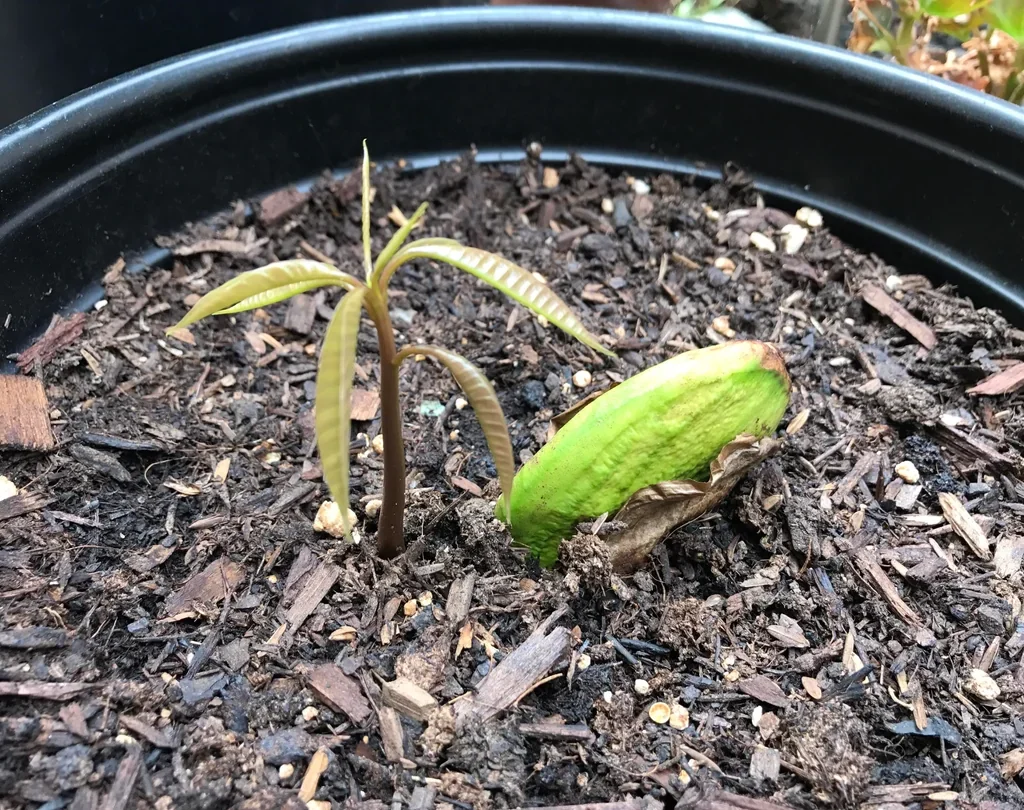
Once you’ve enjoyed your mango, don’t throw the seed away—prepare it properly for planting.
- Clean the Seed: Wash the seed thoroughly to remove any leftover fruit pulp.
- Remove the Husk: Carefully split open the tough outer husk using scissors or a knife. Inside, you’ll find the actual seed resembling a large bean.
- Check for Viability: The seed should be fresh, moist, and not shriveled. A healthy seed is usually cream-colored.
Pro Tip: Removing the husk increases the chances of faster germination, although you can also plant the husk directly if you prefer a more natural method.
Step 3: Germinating the Seed

There are two common methods to sprout a mango seed:
A. Paper Towel Method (Faster Germination)
- Wrap the seed in a damp paper towel.
- Place it in a zip-lock bag or airtight container.
- Keep it in a warm, dark place (around 70–85°F / 21–29°C).
- Check every 3–4 days to ensure moisture is retained. Within 1–3 weeks, you’ll notice a sprout emerging.
B. Direct Soil Method (Natural Growth)
- Plant the seed directly in a pot filled with well-draining soil.
- Bury it about 1–2 inches deep, with the convex side up.
- Water lightly and keep the soil consistently moist.
Step 4: Potting the Mango Seedling
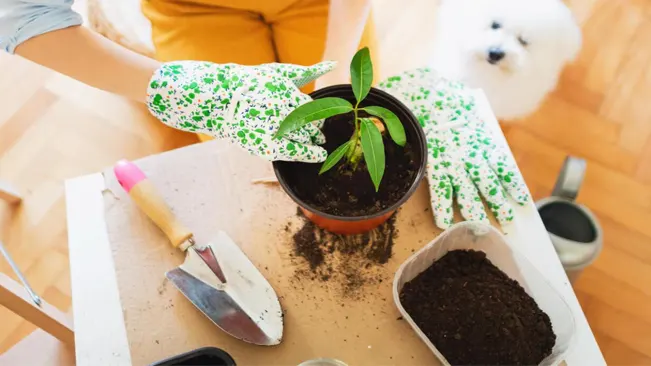
Once your seed has sprouted, it’s time to give it a home.
- Choose the Right Pot: Start with a medium-sized pot (10–12 inches deep) with drainage holes.
- Soil Type: Use a rich, loamy, well-draining soil mix. A blend of garden soil, compost, and sand works well.
- Planting: Place the seedling root-side down, leaving the sprout above the soil.
- Watering: Keep the soil moist but avoid waterlogging, as mango seedlings are prone to root rot.
Step 5: Caring for Your Mango Plant
1. Light Requirements
Mango plants love sunlight. Place the pot near a south-facing window or outdoors in a sunny spot. They need at least 6–8 hours of direct sunlight daily.
2. Watering Schedule
- Water regularly during the growing phase, but let the topsoil dry slightly between watering.
- Reduce watering during winter when the plant is dormant.
3. Fertilization
- Feed with a balanced liquid fertilizer every 2–3 weeks during the growing season.
- As the plant matures, switch to a fertilizer high in potassium and phosphorus to encourage flowering and fruiting.
4. Pruning for Shape
Prune the mango plant in its early stages to encourage bushy, compact growth. Trim off weak or crossing branches.
5. Pest and Disease Control
- Watch for common pests like aphids, mealybugs, and scale.
- Neem oil spray is an organic solution for most pest problems.
Step 6: Transplanting Outdoors
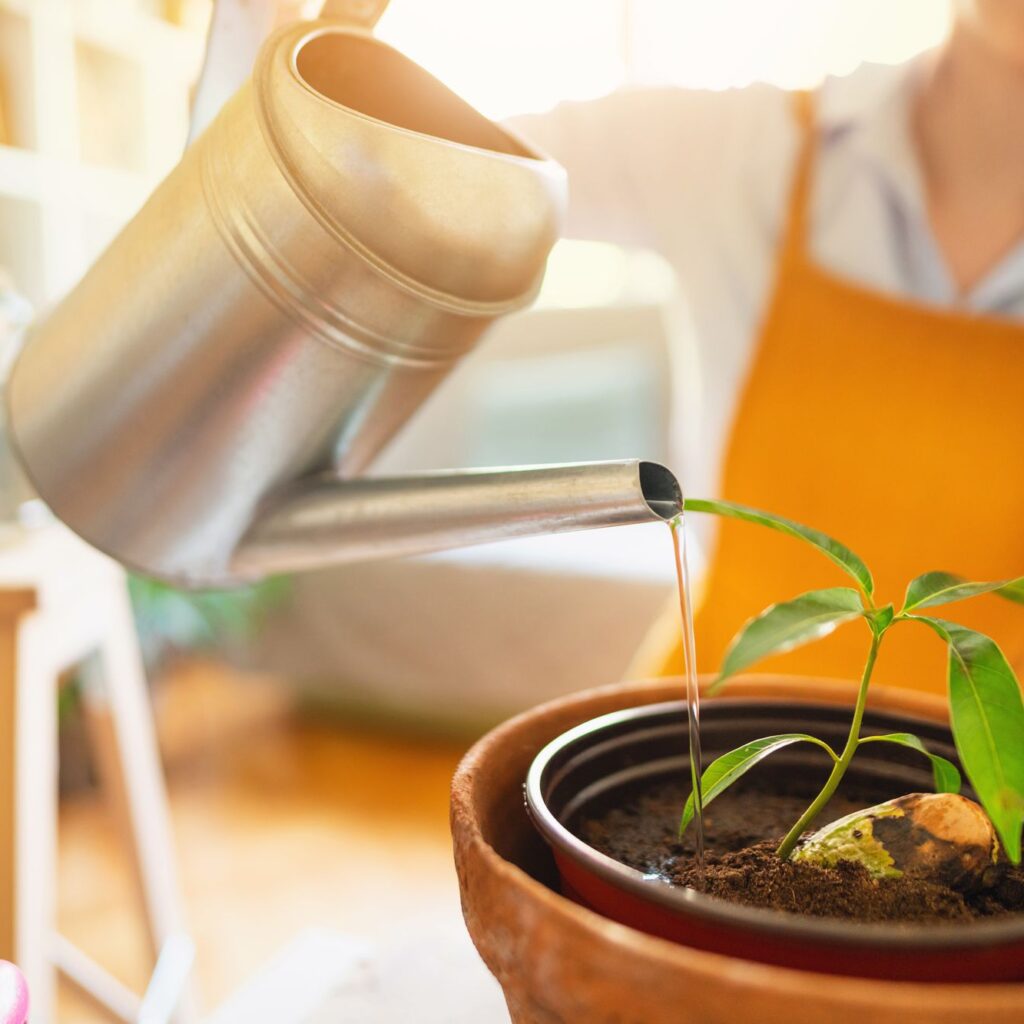
If you live in a tropical or subtropical region, your mango plant will eventually outgrow its pot and need to be transplanted into the ground.
- Best Time: Transplant during spring or early summer.
- Location: Choose a sunny, well-drained spot with enough room for the tree to spread (mango trees can grow 30–100 feet tall!).
- Spacing: If planting multiple mango trees, keep at least 20–25 feet distance between them.
How Long Until Mango Trees Bear Fruit?
One of the most common questions gardeners ask is: “When will my mango tree give fruit?”
- Seed-Grown Mango Trees: 5–8 years before fruiting.
- Grafted Mango Trees: 3–4 years before fruiting.
Though seed-grown trees take longer, the wait is worthwhile for the satisfaction of growing a tree from scratch.
Tips for Success
- Patience is Key: Mangoes are slow to fruit when grown from seed, but the journey is rewarding.
- Consider Grafting: If you want faster and more reliable fruit, you can graft your seedling with a branch from a mature tree.
- Container Growing: In colder climates, mango trees can be kept in large containers and moved indoors during winter.
Benefits of Growing Mango at Home
- Fresh Organic Fruits: Enjoy pesticide-free mangoes right from your garden.
- Tropical Aesthetic: Mango trees add lush greenery and shade to your landscape.
- Environmental Impact: Trees improve air quality and provide habitat for birds and pollinators.
- Personal Satisfaction: Watching your mango grow from seed to tree is deeply rewarding.
Conclusion
Planting a mango seed is more than just a gardening project—it’s a journey toward creating your own tropical delight. With the right care, patience, and love, that little seed can transform into a majestic tree bearing sweet, juicy fruits for years to come.
Whether you grow it indoors as a houseplant or outdoors in your garden, a mango plant will always remind you of sunshine, summer, and the simple joy of growing your own food.
So, the next time you savor a mango, don’t discard the seed—plant it, nurture it, and watch it grow into a tropical treasure!
